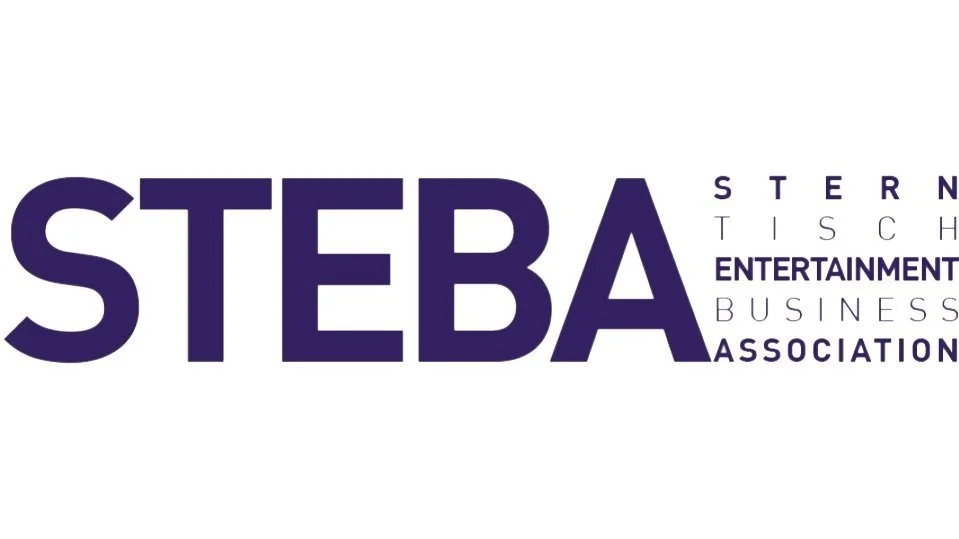By Harper Stein & the STEBA Executive Board
It is evident that movie studios are anxious for guaranteed hits— well, as “guaranteed” as can be in the movie business. For a long time, casting a star or two was the best bet for studios who wanted to guarantee a profit. But stars don’t shine as brightly anymore, and the presence of a celebrity is no longer enough to get audiences into seats. So, as is painfully clear, studios have been doubling down on franchises, remakes, spin-offs, adaptations— any use of owned intellectual property (IP) with an existing audience. Think Puss in Boots: The Last Wish, Scream (2022), or, my favorite genre, the remake vortex— the forthcoming Mean Girls movie adapted from the Broadway adaptation of Mean Girls (2004). Many of these remakes and reboots and regurgitations are flops. But even the biggest remake flop is guaranteed to capture a loyal existing audience. An original story is a risk, especially as mid-to-low budget projects evaporate and film slates resultantly become bigger gambles.
When a film isn’t backed with existing IP, the studios seek some guarantee through the creative talent attached— director, writers, producers. They will place a ton of faith in these individuals, even when lacking evidence. Amsterdam bombed horrifically last year, yet its director David O’Russell (who has a history of inappropriate behavior, by the way) is onto the next: Super Toys, a period piece. When the talent has a proven track record (or is just a big name), studios are willing to take the risk and fund an original story.
Barbarian, an unconventional horror film from unknown director Zach Cregger, was released in September of last year by 20th Century Studios (owned by Disney). It met overwhelming positive reviews from critics and audiences alike. It grossed over $45 million worldwide on an independently financed $4.5 million budget (20th Century did not contribute any funding). A percentage of box office revenue is retained by exhibitioners (40% in the US; 50% or higher internationally), so this gross would have generated a real profit around $20 million, to be split by all attached financiers according to the deals negotiated by each. A bidding war for three of Cregger’s forthcoming projects followed this smash success, with New Line (a label of Warner Bros.) winning each one, as well as inking a first-look deal with Barbarian’s production company. Cregger will produce all three projects, but he is only attached to write and direct Weapons, the deal for which includes an automatic greenlight, guaranteed theatrical release, and a whopping eight figures for the writer-director. If you’ve forgotten, this is more than twice the budget of Barbarian.
$20 million in profit is a good margin, to be sure, and reviews for Barbarian prove New Line may have creative successes in store as well. However, good profit and good reviews are not unheard of, especially in non-franchise horror. In the past year, The Black Phone, M3GAN, and Smile each grossed over $150 million on budgets under $20 million. And yes, a budget of $15-20 million gives a production a lot more to work with than a budget of $4.5 million, but would a Barbarian with a budget of $15 million have grossed significantly more than $45 million? The extra money could have brought bigger stars, more visual effects, perhaps a domestic shoot… but, as many indie fans argue, a limited budget encourages the kind of creativity and out-of-the-box thinking that results in a unique and engaging film. Horror fans can debate, but we’d guess a more expensive Barbarian would not have resulted in the same return. The execs at New Line are hoping the opposite.
One important element we’ve left out is marketing spend— it can drastically increase a production budget. It’s hard to track exact numbers, but big studios sometimes spend up to twice the production budget on marketing. M3GAN had a viral moment in its first trailer that stirred up interest, but it also relied on traditional advertising schemes and may have spent around $30 million. This does not mean all movies spend this much— you may remember the viral and inexpensive marketing activation for Smile in which an actor stood behind home plate at a baseball game, unmoving with a terrifying smile on her face. Barbarian seems to have had a very minimal marketing spend, mostly gaining audiences from good word of mouth.
Lesson: Part of New Line’s assumption is that bigger marketing campaigns will bring in bigger audiences for their trio of projects from Cregger. This assumption is not misguided, but, again, horror fans can debate if a less-conventional film like Barbarian has a ceiling— all we’re saying is that this kind of film is unlikely to reach M3GAN-level grosses. Therefore, the studio has to keep the budget at a reasonable level to see a strong profit margin. With the huge payday lined up for Cregger, will his forthcoming films gross enough to make New Line’s investment worth it?
If you’re interested in reading more on these topics, here are some additional resources to check out:
We’re Out of Movie Stars. Whose Fault Is That? (NYT)
Where is Horror Going? We Asked Barbarian Director Zach Cregger (Polygon)
The Town (Podcast): “M3GAN,” and How to Market a Movie to Young People
